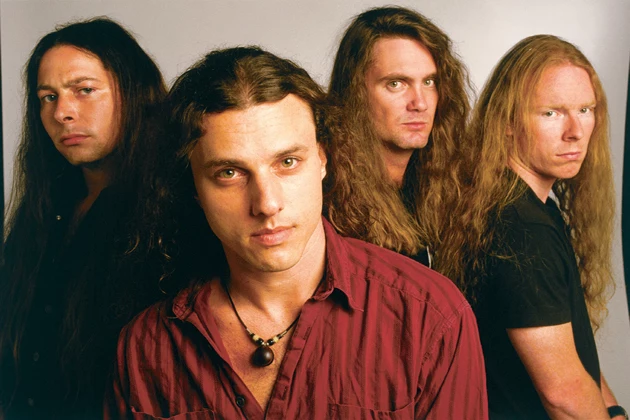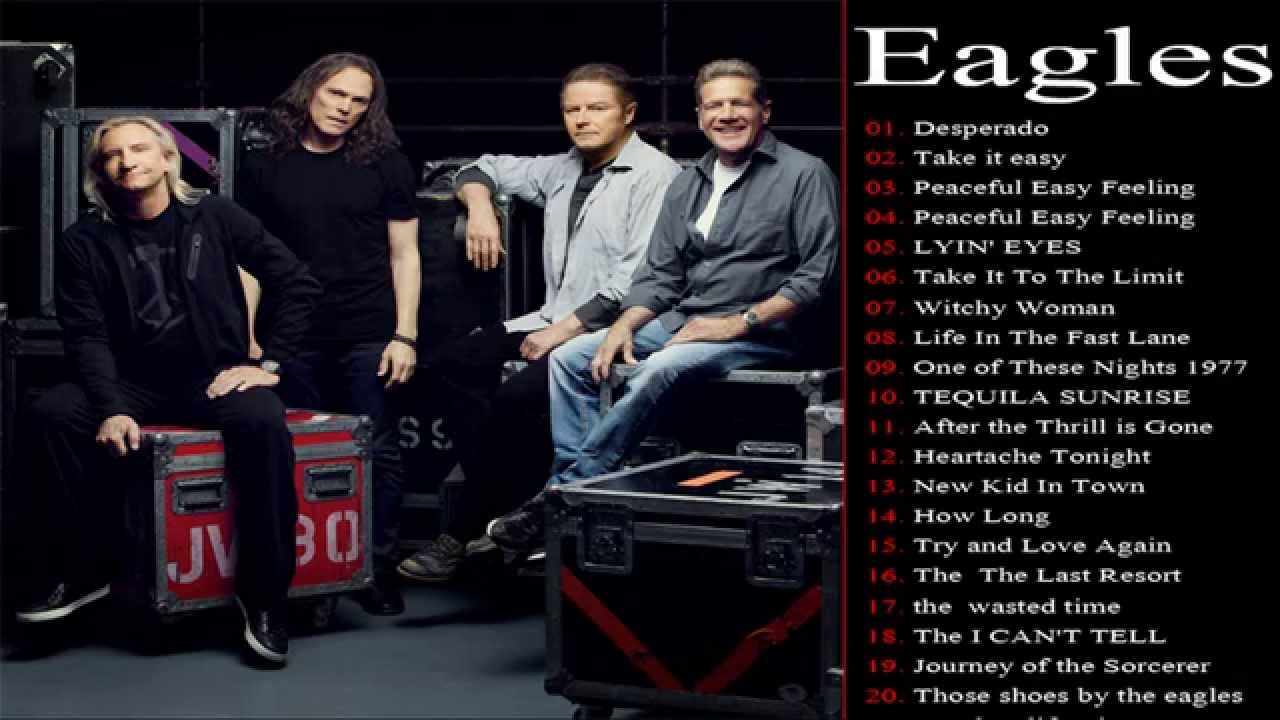
The reissue included a single B-side, "Get Up Jake", as a bonus track. The Band was reissued in 2009 by Audio Fidelity as a limited edition gold CD. A 1980 "Capitol 16000 Series" budget vinyl reissue of the album omitted "When You Awake" and "King Harvest (Has Surely Come)".Īfter several reissues on vinyl, cassette tape, and compact disc, the album was remastered and re-released with bonus tracks in 2000, in a process overseen by Robertson. The album was originally released as an LP on September 22, 1969.
The hit list band how to#
I showed him how to make an album from a technical point of view." Release Three songs to finish the album (from "Up on Cripple Creek" through "Jemima Surrender") were not recorded at the "clubhouse studio", but at The Hit Factory in New York City.Īccording to co-producer John Simon, Robbie Robertson took over most of the engineering for the record, "hungry for knowledge. According to Robbie Robertson, the location was chosen to give the songs a Basement Tapes–like feel in what was termed "a clubhouse concept". and was previously owned by Judy Garland and Wally Cox. The home was then owned by Sammy Davis Jr. Thus, the songs on this album draw on historic themes for " The Night They Drove Old Dixie Down", " King Harvest (Has Surely Come)" and "Jawbone" (which was composed in the unusual 6/4 time signature).Īfter unsuccessfully attempting sessions at a studio in New York, the Band set up shop in the pool house of a home rented by the group in the Hollywood Hills located at 8850 Evanview Drive in Los Angeles, California.

According to Rob Bowman's liner notes for the 2000 reissue, The Band has been viewed as a concept album, with the songs focusing on people, places and traditions associated with an older version of Americana. The Band is the second studio album by the Band, released on September 22, 1969.


They form a big part of the joy of listening back to the decade that had a booming nostalgia industry attached practically the moment it ended.īut the ’80s was about so much more than the sum of its eccentricities: there's a huge difference between ‘an ’80s song’ and ‘a song from the ’80s.’ This is the decade that gave us peak Prince, Madonna and Michael Jackson, that launched Public Enemy and NWA upon the world. Let’s be honest: all those things did in fact happen, and for the most part they were great. The ’80s – and, by extension, ’80s songs – can sometimes be viewed as if they were all some big, fabulous kitsch experiment, in which everybody dressed up ridiculously – big hair, scrunchies, power shoulders – and all music was cartoonishly OTT, be that the daft excesses of hair metal, the stygian gloom of goth, or the bouncy good cheer of synthpop.


 0 kommentar(er)
0 kommentar(er)
